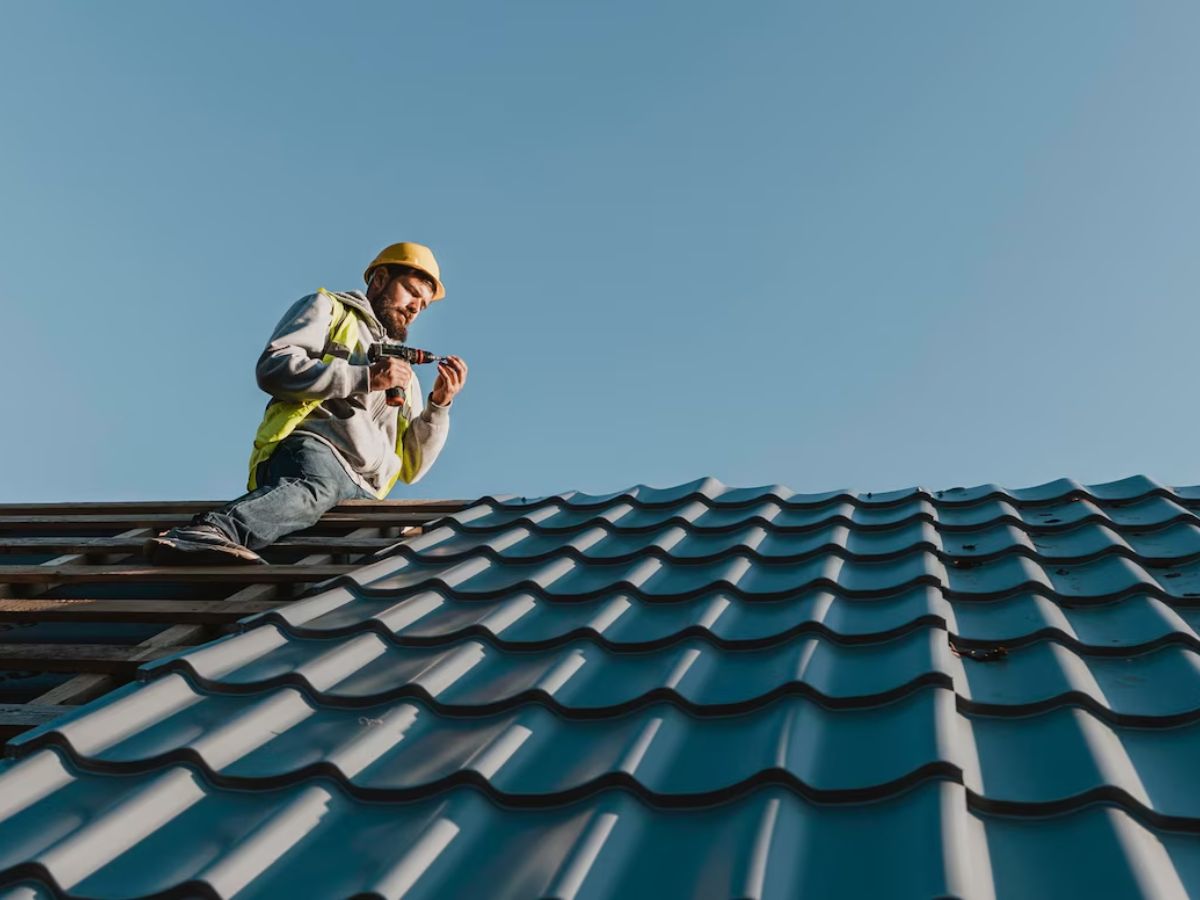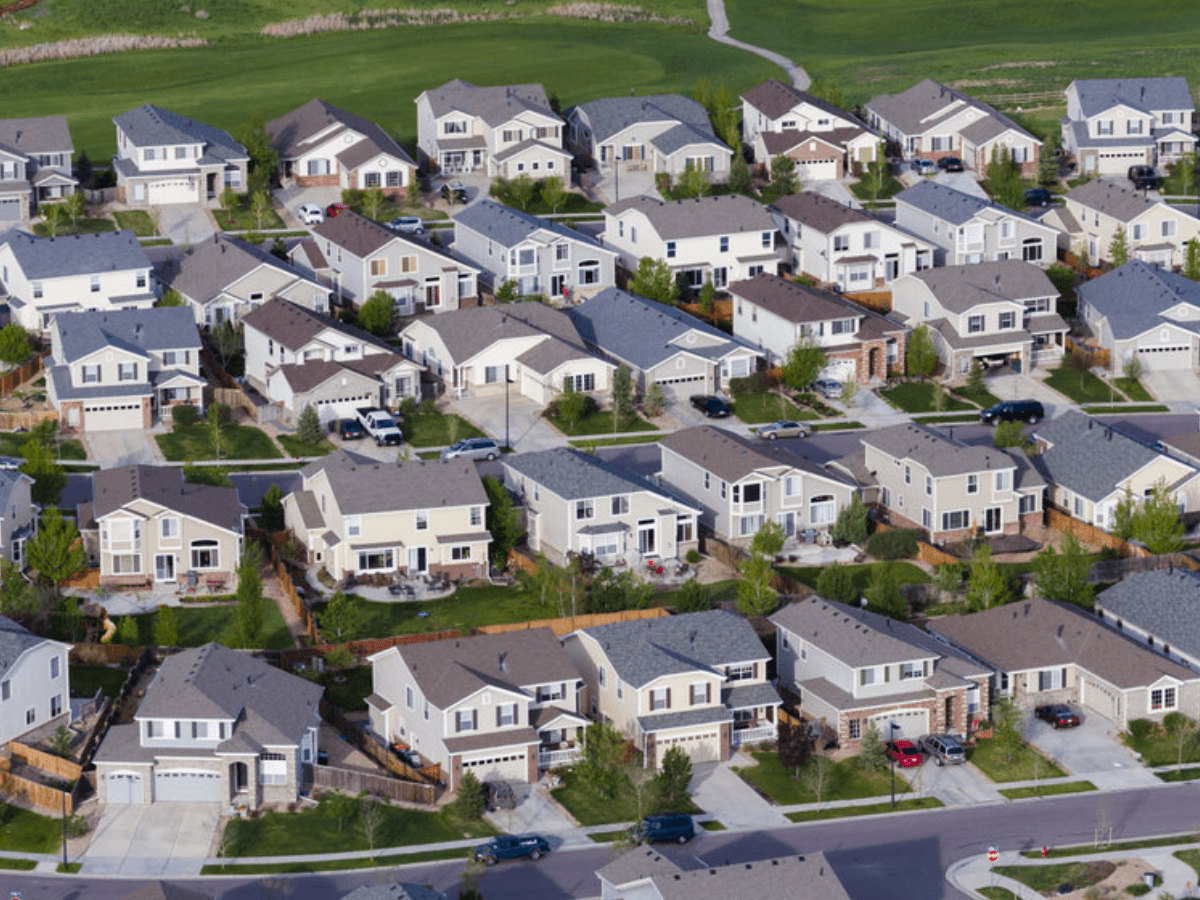
Tariffs Pile Pressure on Home Builders and Buyers at the Worst Possible Time
When President Trump returned to the White House, home builders were guardedly optimistic. His promises to slash regulations and cut construction costs sounded like a boon for an industry that’s been bludgeoned by soaring expenses and a shaky housing market.
Yet just six weeks into his second term, the mood has soured. Instead of relief, builders are having to deal with a new headache: tariffs on imported materials that could add thousands of dollars to the cost of building a home.
This week tariffs on Mexican and Canadian imports kicked in, targeting everything from Canadian softwood lumber to Mexican-made refrigerators. According to the National Association of Home Builders (NAHB), about 8% of the materials used to build a typical American home come from outside the U.S. And though some items, like lumber, got a temporary one-month reprieve, the damage is already being felt.
Robert Dietz, NAHB’s chief economist, estimates once the tariffs are fully phased in, they could add between $7,500 and $10,000 to the cost of building a single-family home. In a healthier housing market, builders might pass those costs on to buyers. But at present, that’s a tough sell. Home prices and mortgage rates are already through the roof, and affordability is stretched to its limits.
The timing couldn’t be worse. The spring home-buying season, typically the busiest time of the year for the housing market, is off to a lousy start. January sales of new single-family homes collapsed 10.5% compared with December, according to seasonally adjusted data. And it’s not just sales that are taking a hit: fewer people are now looking at homes, a sign that demand is cooling.
Buyers are already feeling the pinch, says Rick Palacios, director of research at John Burns Research and Consulting. Adding thousands of dollars to the cost of a new home could kick them out the market entirely, he notes.
Investors seem to agree. Shares in the iShares U.S. Home Construction ETF, which tracks homebuilder stocks, have plummeted 21% since the election. That’s stunning compared with the broader S&P 500, which is down only 4% over the same period. The message from Wall Street is that builders are likely to absorb the higher costs, eating into their profit margins.
Tariffs aren’t the only headache builders are confronting. The Trump administration’s immigration policies could also pummel the industry. Construction relies heavily on undocumented workers—half of ceiling-tile installers and 37% of roofers, according to John Burns estimates. Were immigration enforcement raids to shrink the labor pool, wages could spike, yielding even more pressure to already tight budgets.
The real story here is less supply, says Cedrik Lachance, director of research at Green Street, a real estate analytics firm. Fewer workers and higher material costs mean fewer homes being built, which could lift prices for buyers and renters alike, he says.
Policy Whiplash
For builders the uncertainty is just as frustrating as the tariffs themselves. Aggressive announcements followed by sudden U-turns—like the one-month delay on lumber tariffs—make it nearly impossible to plan. Building a housing development isn’t a quick process; it can take three years or more from buying land to completing the project. Builders need stability, not whiplash, in other words.
This is a nightmare for the industry. Builders are already sitting on a glut of finished homes they can’t sell. Tariffs are just another reason to hit the brakes.
That’s bad news for the U.S. housing market, which desperately needs more supply to bring prices down to affordable levels. Seasonally adjusted annual housing starts tumbled 10% in January compared with December, according to the Census Bureau. If builders pull back even further, the shortage of homes will only get ugly.
There is one small silver lining for homebuyers: that mortgage rates have dipped in recent weeks, though not by much. The rate on a 30-year fixed mortgage tanked to 6.63% this week, from 7.04% in mid-January, according to Freddie Mac. But even this good news comes with a warning. The drop in rates is tied to fears over how protectionist trade policies will penalize growth. If the economy sputters, buyers could see their incomes shrink, offsetting any benefit from lower rates.
It’s not just buyers who should be worried, though. Renters could also feel the squeeze if tariffs discourage new construction. Over the last year rent growth has been sluggish on a flood of new apartments hitting the market. But if builders scale back, that supply could dry up, giving landlords the upper hand, again.
What Could Be the Outlook?
The Trump administration has hinted it could ease some of the pain by cutting red tape for builders. But costs are going up anyway for now, not down. And while the White House insists the tariffs are a short-term measure directed at curbing illegal immigration and drug trafficking, the housing market doesn’t have the luxury of waiting things out.
“This is not a trade war, this is a drug war,” Commerce Secretary Howard Lutnick told CNBC. Yet for home builders and buyers, the distinction doesn’t matter much: what matters is the bottom line.
As the spring buying season limps along, the stakes for the housing market have never been higher. And if tariffs and immigration crackdowns continue to weigh on builders, the dream of homeownership could slip even further out of reach for millions of Americans.



